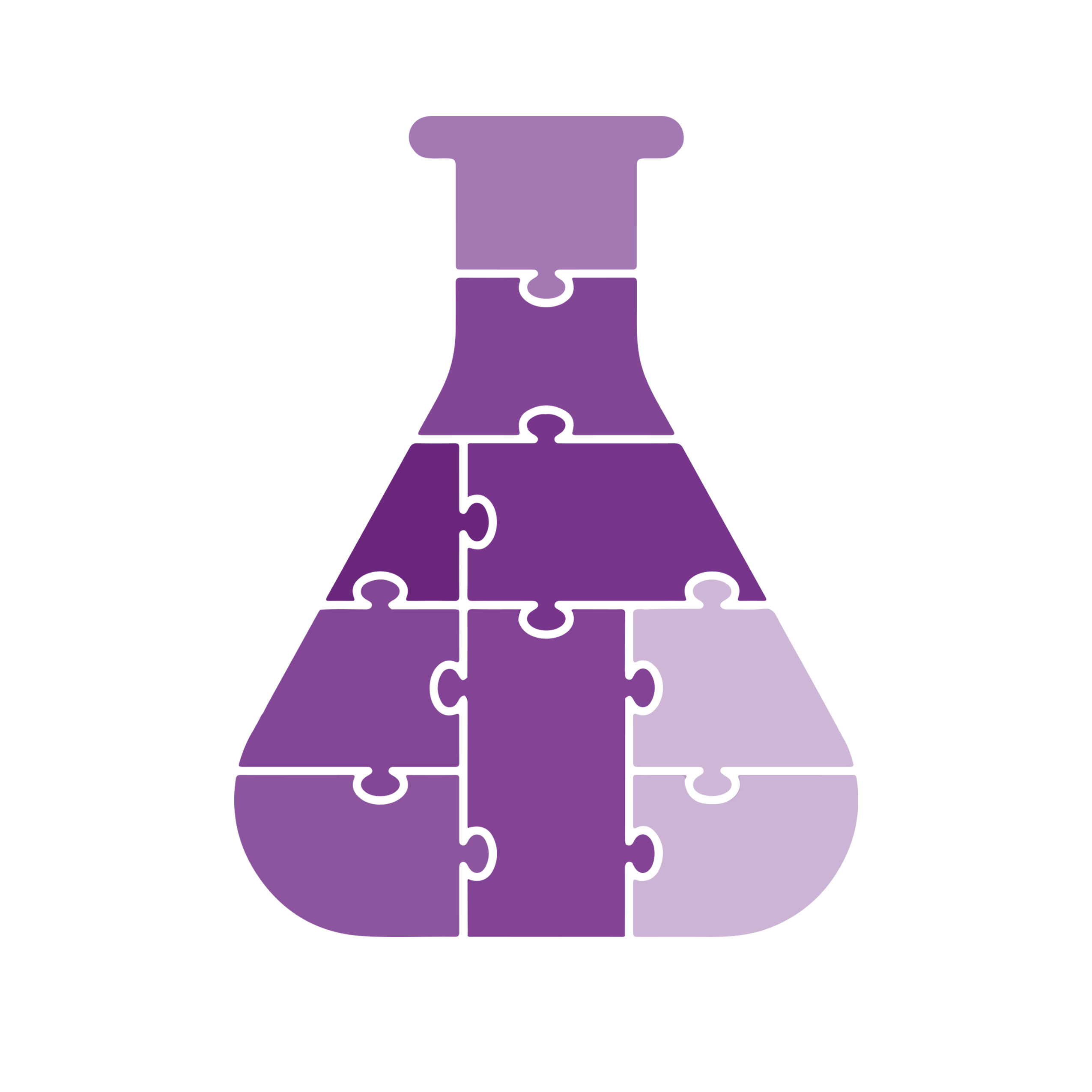主页 > COVID-19 > Covid-19 蛋白

Recombinant 2019-nCoV Spike protein S1 subunit, RBD (K417T, E484K and N501Y) (319-541) was expressed in CHO cells using a C-terminal his tag.
|
C19SD-G231AH-10 |
|
|
10 ug
20 ug
50 ug
100 ug
|
概述:
The receptor binding domain (RBD) of the SARS-CoV-2 spike glycoprotein that recognizes the host ACE2 receptor is a major determinant of viral entry and neutralization, and is the most divergent region (1). A variant of SARS-CoV-2 carrying K417T, E484K, and N501Y mutations in the RBD was detected in Manaus, Amazonas state Brazil. This variant belongs to P.1 lineage, which descends from an earlier Brazilian variant (B.1.1.28), and has been potentially associated with an increase in transmissibility or propensity for re-infections. E484K and N501Y mutations are of particular concern since they potentially reduce antibody neutralization and increase affinity for ACE2 receptor (2). As new variants displace the first-wave virus, it is pivotal to evaluate their transmissibility, virulence and their possible tendency to escape antibody neutralization (3).
基因别名:
2019-nCoV RBD, SARS-CoV-2 spike RBD, novel coronavirus spike RBD, nCov spike RBD.
Genbank编号:
参考文献:
1. Lan J, et al: Crystal structure of the 2019-nCov spike receptor-binding domain bound with the ACE2 receptor. bioRxiv. doi: https://doi.org/10.1101/2020.02.19.956235.
2. Garcia-Beltran WF, et al: Circulating SARS-CoV-2 variants escape neutralization by vaccine-induced humoral immunity. Preprint. medRxiv. 2021, doi:10.1101/2021.02.14.21251704.
3. Starr TN, et al: Molecular dynamic simulation reveals E484K mutation enhances spike RBD-ACE2 affinity and the combination of E484K, K417T and N501Y mutations (501Y.V2 variant) induces conformational change greater than N501Y mutant alone, potentially resulting in an escape mutant. Cell. 2020, 182(5):1295-1310.
该产品没有相关的出版物。
Acute Respiratory Distress Syndrome , Cardiovascular Disease, Cell Cycle, Cellular Stress, COVID19, Gastrointestinal Diseases , Infectious Diseases , Inflammation, Lung Diseases , Metabolic Disorder, Neurobiology, severe acute respiratory syndrome coronavirus 2